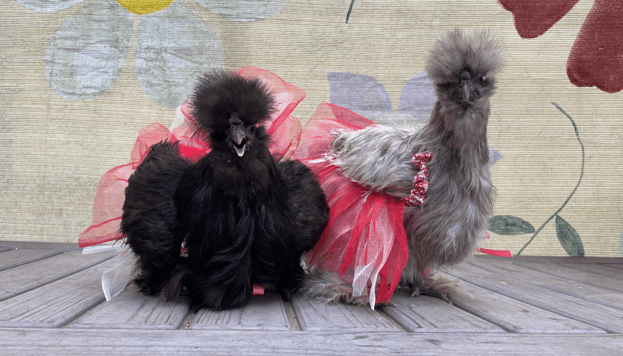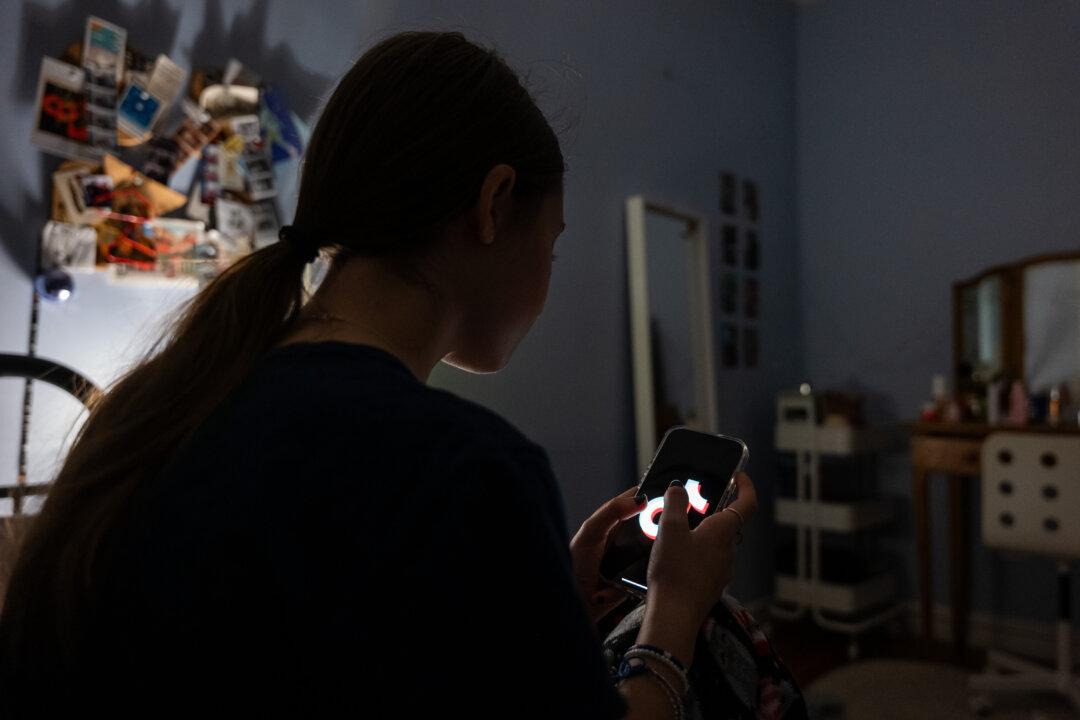In the wake of the outbreak of COVID-19 in 2020, when quarantines and lockdowns forced people to stay home and cope with food shortages, backyard chickens gained widespread popularity.
Now in 2022, supply chain issues are being exacerbated by the destruction of an alarming number of food processing plants as well as the latest strain of avian flu, which has led to more than 35 million birds in the United States being euthanized.





